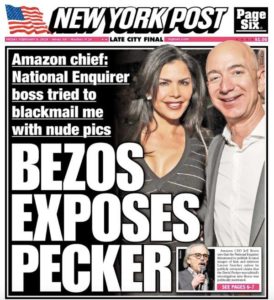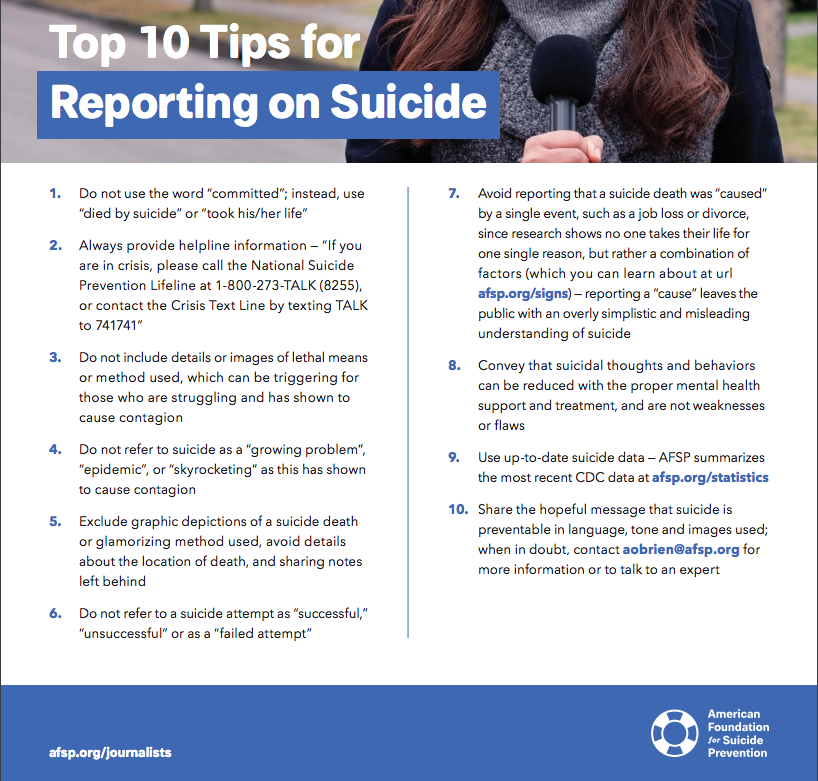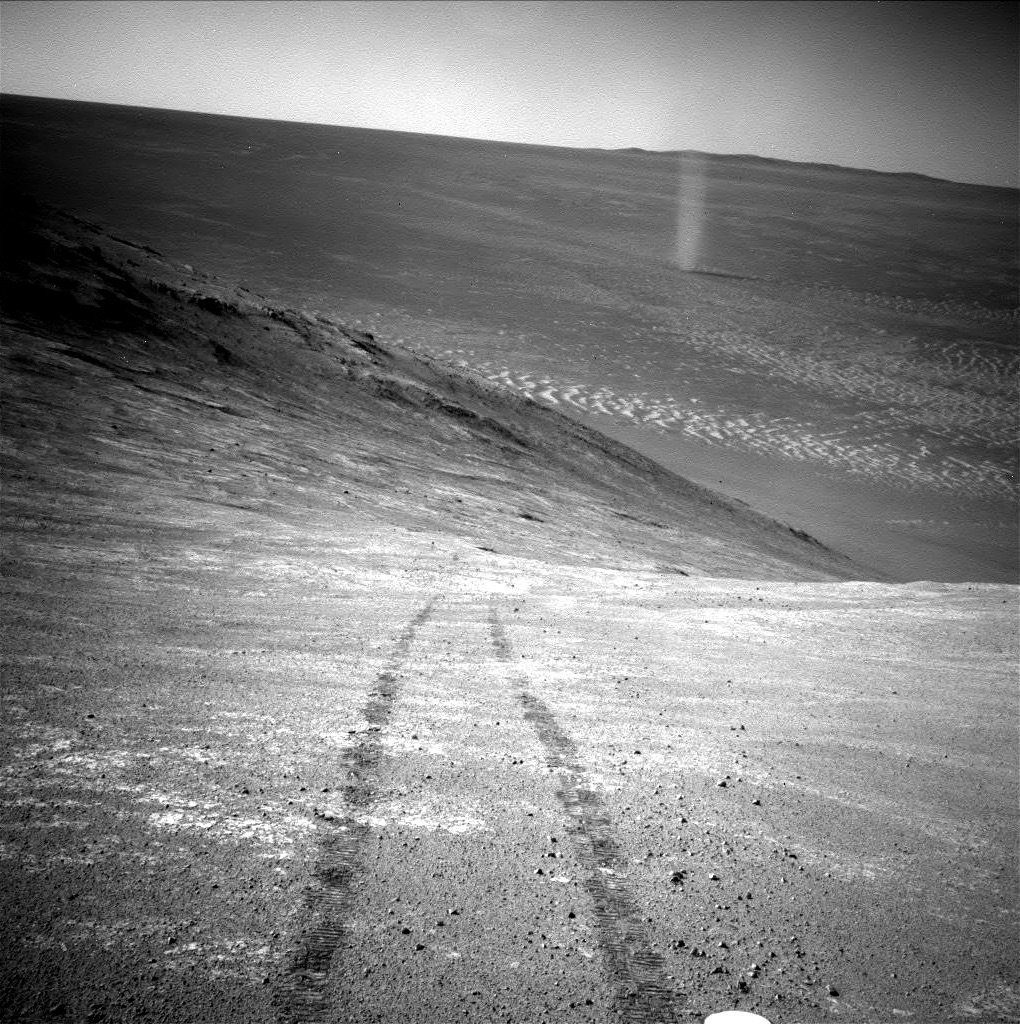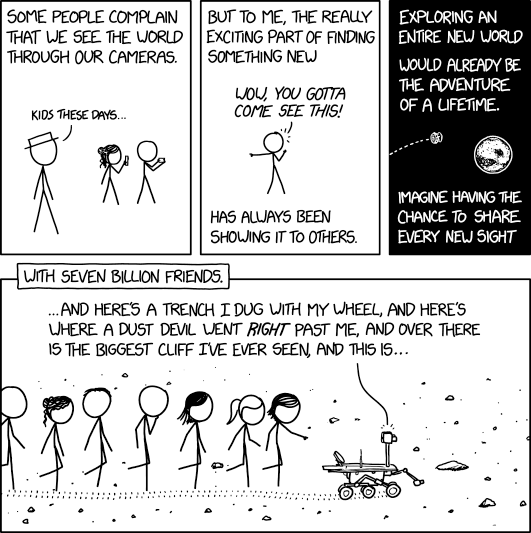This week I’m at the Western Social Science Association annual conference. I’m giving a presentation looking at what has happened to Jeff Bezos and the Washington Post since the Amazon billionaire bought the paper five and a half years ago. Rather than writing a conventional conference paper, I have put together a rather long blog post on the topic with links to my source materials.
Jeff Bezos and the Washington Post
Five Years Later
Ralph E. Hanson
University of Nebraska at Kearney
The news started breaking on Twitter on the afternoon of August 6, 2013, that there was a big meeting scheduled at the Washington Post. Not long after, word came that Amazon founder Jeff Bezos had purchased the paper for $250 million from the Graham family, who had run the paper for four generations. Although Bezos founded and is the largest stockholder in book sales and media giant Amazon.com, he bought the paper out of his own personal fortune (and with a fortune estimated at $26 billion at the time, the Post cost less than 1 percent of his net worth). When Bezos does things, he doesn’t do them in a small way.
At the time Bezos was being recruited as a buyer of the Post, the company as a whole was profitable, but things were not looking good for the newspaper division. In May of 2013, the company announced that the newspaper division’s revenue was down four percent from first quarter the year before, and that it had an operating loss of $34.5 million. Along with the revenue falling, circulation was down more than 7 percent. The one bit of good news for the paper was that online revenue was growing, just not fast enough to make up for the losses from print.
The fact that this was a personal purchase is important. Washington Post reporter Paul Farhi pointed out at the time of the purchase that under Bezos the paper will be privately owned, so he will not be accountable to shareholders or other investors. He’ll be allowed to take a long-term approach, something he has a track record of doing. Although the Washington Post Company reported being profitable at the time of the sale, it has been suffering a steady decline in revenue over the past several years and has had declining print circulation as well.
At a time when the common wisdom says that newspapers are a dying medium from the last century, why would one of the wealthiest men in the world purchase a paper that has had declining revenue for six years? Bezos told the Post’s Farhi that he does not see any magic answer to the problems metropolitan newspapers are facing:
The Post is famous for its investigative journalism…. It pours energy and investment and sweat and dollars into uncovering important stories. And then a bunch of Web sites summarize that [work] in about four minutes and readers can access that news for free. One question is, how do you make a living in that kind of environment? If you can’t it’s difficult to put the right resources behind it.
When the Graham family decided to sell the Washington Post, they were looking for an investor who could pay the $250 million asking price and not demand an immediate return on the investment. And that’s when CEO Don Graham thought about his friend Bezos. Despite dealing with cutting-edge technology, Bezos has a reputation for taking the long-range view of business.
Back in 2011 in an interview with longtime tech journalist Steven Levy, Bezos talked about the fact that his companies have always taken a long view:
Our first shareholder letter, in 1997, was entitled, “It’s all about the long term.” If everything you do needs to work on a three-year time horizon, then you’re competing against a lot of people. But if you’re willing to invest on a seven-year time horizon, you’re now competing against a fraction of those people because very few people are willing to do that. Just by lengthening the time horizon, you can engage in endeavors that you could never otherwise pursue.
One of Bezos’s first innovations after buying the paper was providing subscribers to other metropolitan papers, including the Dallas Morning News, the Honolulu Star-Advertiser, and the Minneapolis Star-Tribune, unlimited free access to the Post’s web site and mobile apps. Normally, people who want to view more than a limited number of articles at the Post have to pay a monthly subscription fee (your author among them).
The goal of Bezos’s plan is to bring people in to the site who are outside of the paper’s print circulation area and who are unlikely to be good candidates for being paying customers, but who still have a documented interest in news. In short, he was taking a digital point of view. He was going need technology people as well as reporters to improve his product.
Although Bezos did not claim at the time of the purchase to have figured out how to make a major metropolitan paper into a growing, profitable media outlet, he did know that the paper’s readers have to be at the company’s core:
“I’m skeptical of any mission that has advertisers at its centerpiece. Whatever the mission is, it has news at its heart.”
Post Under Bezos Ownership
The Good – Improved Reporting, Readership and Revenue
One of the big changes that came from Bezos was moving the Post from being a paper “For and about Washington” to being one with a national or even global presence. This meant that the paper was no longer going to limit itself to news within its print circulation area.
Under leadership of the Graham family, the paper had focused on how to deal with the old world of print. And in addition to his deep pockets, one of the main reasons for recruiting Bezos as a buyer was that he knew how to take it into the digital age.
By 2016, under Bezos’ ownership, things were looking up. It had a growing audience, increasingly ambitious reporting, and it was gaining recognition as a national newspaper. Politico’s Ken Doctor said that the Post was joining the ranks of The New York Times, The Wall Street Journal, and USA Today as a national paper.
At a time when the usual headlines were about newspapers cutting their staffs and offering buyouts, the Post was actually hiring people. According to Politico’s estimates, the Post’s newsroom was growing by more than 60 positions, or 8 percent. This gave the Post a news staff in excess of 750, compared with 1,307 at the NY Times, 450 at USA Today, and the Wall Street Journal with about 1,500. (The Wall Street Journal is generally considered to have the highest paid circulation of any paper in the United States.)
2016 was a good year for the Post, with 75 percent increase in new subscribers over the year, and doubled digital subscription numbers. The cost of a digital subscription to the paper is relatively low – your author pays $40 a year for his subscription. It’s also making money by licensing its content management system to other papers – essentially its digital printing press.
The Post is drawing in this audience in part through more investigative journalism served up in a way that looks good online and on mobile devices.
Among the most important hires that Bezos made was Fred Ryan, the paper’s publisher and CEO. Bezos acts as an owner who cares about the property, but isn’t hands on in terms of the day-to-day news coverage.
Bezos has reportedly been more concerned with the “vision” side of the paper rather than the nuts and bolts details of how to carry that out. The details were left more to executive editor Marty Barron, who became somewhat of a national celebrity after being played by actor Liv Schrieber in the Boston journalism movie Spotlight. As an example of Bezos’ vision, he told the Post staff back in 2014 that they needed to “take advantage of the gifts the internet gives us.” Very simply, this means “projects that are designed to draw a disproportionate amount of traffic per journalist.”
Along with hiring journalists, Bezos has also brought in technology people who include “software development engineers, digital designers, product managers, mobile developers, and video engineers.”
An unlikely big name at the Post during this time was Shailesh Prakash, the paper’s chief information officer. Prakash told CJR, “It’s wonderful to have an owner who fundamentally believes that it’s not just content that will differentiate us, but also the design and the technology of how that content is presented, the speed at which it is presented, the quality of the products that present that content.”
The post also produces more than 60 newsletters. A current example of this would be the weekday morning newsletter, the Daily 202 that presents an in-depth analysis of a leading story followed by capsule summaries of the rest of the day’s leading stories, including links to stories at competing organizations.
Of course Bezos’ management team cannot take full credit for this growth. With the rise of first candidate and then President Donald Trump, news content that people care about has been a popular commodity.
The Bad – Conflicts with Unions
Despite all of these great things happening at the Post, not all is well with the staff there. Vanity Fair reports that while Bezos is seen as a savior for the paper and an effective owner providing great leadership, he’s also the same Jeff Bezos who has faced criticism from labor at this other business – Amazon. It’s worth noting here that Jeff Bezos is generally considered to be the world’s richest man. As one staffer told Kyle Johnson for Vanity Fair, “Bezos has done amazing things for this place, but the disaffection with Silicon Valley monopolies may be coming home to roost.”
As of June 2018, Bezos’ estimated net worth was up to an estimated $130 billion. And that makes his tightness as an employer hard to take. During the year-long labor dispute with non-management newsroom staff, the union sent a letter to Bezos where the employees wrote:
“We, the undersigned, have been extremely grateful that you stepped in to purchase the Post at a time when the traditional media model was collapsing, and we have given our all to take advantage of the long runway you promised. In the past year alone, the Post has doubled the number of digital subscriptions and increased its online traffic by more than half; its advertising team has met or exceeded all its targets.
“All we are asking for is fairness for each and every employee who contributed to this company’s success: fair wages; fair benefits for retirement, family leave and health care; and a fair amount of job security.”
In July of 2018, the Post reached a tentative agreement with the Washington Post Guild that gave workers a $15 a week pay raise for each of the two years in the contract. Employees would also be eligible for four weeks of paid paternity leave. The very sparse matching of contributions to a 401(K) retirement fund remained. The agreement was reached after 14 months negotiation.
By August of 2018, Bezos’ net worth was north of $158 billion. Time magazine estimates that Bezos’ net worth increased on average $260 million per day, or $10.8 million an hour, or $3,000 per second. On the other hand, the average WaPo staffer makes $78,000 a year – which means that the paper’s owner makes in 26 seconds what the average Postie makes in a year. Though it should be noted that almost all of that income comes from Amazon. While the Post has reportedly been profitable for the last two years in a row, it certainly is not making the kind of money Amazon is.
The Ugly – Attacks on Bezos
Money aside, owning the Washington Post isn’t always a pleasant thing for Bezos. President Donald Trump has not been fond of the renewed journalism from the Washington Post, and the president often takes out his anger on Bezos.
The president generally does not separate Amazon from the Post, referring to the paper as Amazon’s “chief Lobbyist.” But by all accounts, Bezos has exerted no influence over coverage of anything in the paper. Publisher Fred Ryan said, “Jeff has never proposed a story. Jeff has never intervened in a story. He’s never critiqued a story. He’s not directed or proposed editorials or endorsements.”
The president has also been highly critical of Amazon’s contract with the United States Postal Service for package delivery – primarily it would seem because of Bezos’ connection with the Post. (It should be noted that Amazon itself has no connection to the Post. They just share a wealthy owner.)
Perhaps the more serious problems created for Bezos has been that the National Enquirer has published stories about Bezos’ extramarital affair and subsequent divorce action. The tabloid reportedly obtained a collection of text messages between the lovers, along with a number of explicit photos they had shared. While the Enquirer published several of the text message, they threatened to publish the “below-the-belt selfie” if Bezos (and presumably the Post) did not back off on criticism of the Enquirer and its reporting methods.
Bezos, rather than backing down, published an extended essay on the Medium online platform, complete with images of the threatening letters. Bezos also applied his considerable resources into investigating how the Enquirer obtained his text messages and photos.
The National Enquirer has been engaged in considerable controversy of its own over the last year for reportedly killing stories about President Trump’s involvement with a former Playboy model. David Pecker, who has been the tabloid’s publisher, has had a tight friendship with the president. Given the recent controversies, the hedge fund that owns the tabloid’s parent corporation put the paper up for sale, with Hudson News heir James Cohen being the buyer. (Hudson News runs the book stores and newsstands in airports across the country.)
Conclusions
Bezos has been largely successful with his purchase of the Washington Post. Since acquiring it in 2013, he has improved readership, revenue and reporting at the paper. He has also worked at building it up as a national news source that is delivered primarily digitally. Like he did before with Amazon, Bezos is most concerned with investing in the future of the Washington Post than with short-term profits; more interested in reader engagement than revenue.
Overall, the newsroom is happy to have a forward thinking owner who has deep pockets investing in the long-term success of the paper, but the staff would like it better if Bezos were willing to share more of that revenue with them.
Ownership of the Washington Post has not always been an easy thing for Bezos, opening him up to attacks on himself and his businesses from both President Trump and his allies.







